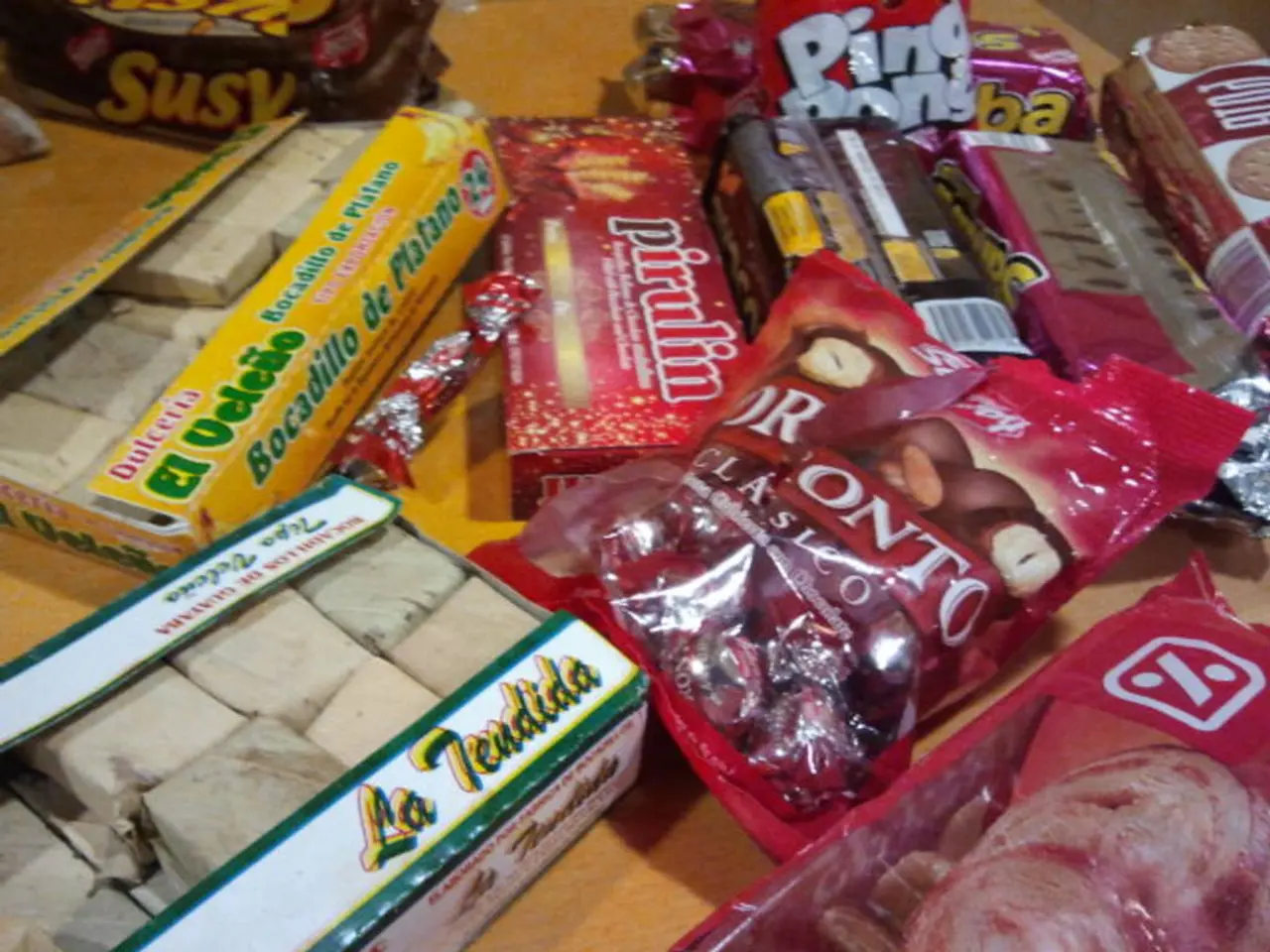U.S.-Bound Export of Lindt Chocolate Rabbits to Circumvent Customs Duties
Lindt & Spruengli, the renowned Swiss chocolate manufacturer, is making significant changes to its production strategy in response to ongoing trade tensions and tariffs. The goal is to ensure a steady supply of Lindt's Swiss chocolate and iconic chocolate rabbits in North America.
The company plans to invest around $10 million to shift the production of its gold-wrapped Easter chocolate bunnies, as well as Santas and other hollow chocolate figures, from Germany to its Stratham, New Hampshire plant. This move aims to avoid the 15% import tariffs on European Union goods imposed by the Trump administration, which currently apply to these products when shipped from Germany to the U.S.
By producing chocolate bunnies domestically in the U.S., Lindt hopes to reduce dependence on costly transatlantic shipping, mitigate the impact of trade tensions and tariffs on prices, and respond more quickly to seasonal demand spikes, particularly around Easter.
The expansion at the Stratham plant will also reduce the need for transatlantic maritime transport, which has become increasingly costly and uncertain due to current tariffs.
In terms of the Canadian market, Lindt is balancing production locations to avoid retaliatory tariffs. The company has maintained well-stocked Canadian depots with chocolate produced in the United States to ensure a smooth transition if a switch to exclusive European supply becomes necessary.
Lindt's strategy in North America involves manufacturing luxury items like chocolate Easter bunnies in the United States, thereby avoiding immediate tariff costs and gaining greater operational flexibility. The company is also considering the examination of shifting Canadian production to European factories.
The installation and organization of new equipment for manufacturing chocolate bunnies in the United States will continue until the end of 2025, with trial production scheduled to begin in early 2026.
Lindt's broader, multi-year evaluation of national production capacities includes the potential support of other product lines, such as Ghirardelli products. The company emphasises the importance of having alternatives and proper planning to avoid significant cost increases and ensure product availability on shelves, even with changes in trade rules.
This strategic shift illustrates how ongoing trade frictions are influencing global manufacturing footprints, pushing companies like Lindt to localize production to maintain competitiveness in major markets such as the United States.
- Recognizing the impact of tariffs on finances, Lindt & Spruengli is investing around $10 million to shift the production of gold-wrapped Easter chocolate bunnies, among other items, from Germany to its Stratham, New Hampshire plant, a move meant to avoid costly tariffs and ensure a steady flow of products in North America.
- To respond to trade tensions and ensure business continuity, Lindt is planning to produce luxury items like chocolate Easter bunnies in the United States, which could help in avoiding immediate tariff costs and gaining operational flexibility, while also considering the examination of shifting Canadian production to European factories for the same reasons.




